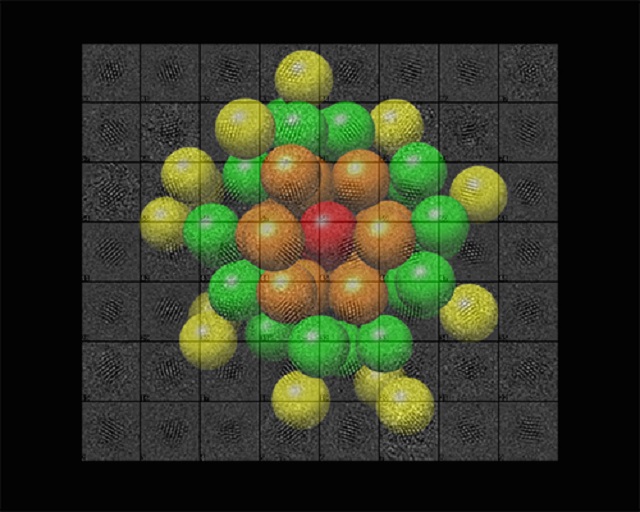
The gold nanoparticle has a diameter of 1.1nm and consists of 68 gold atoms arranged in a crystalline structure at the centre of the particle. The results were verified by mass spectrometry performed at Hokkaido University in Japan and by small-angle X-ray scattering experiments carried out at Lawrence Berkeley National Laboratory.
The results of this new research are consistent with a structure predicted by researchers at the University of Jyväskylä in Finland who carried out their work using infrared spectroscopy and a theoretical model.
Gold nanoparticles have been extensively investigated in order to determine their potential for use as biological contrast agents, drug delivery devices, sensors, catalysts and components in molecular electronics and photonics.
Understanding nanoparticle structures at the atomic-scale level is the basis to gain an insight into their physical and chemical properties.
Electron microscopes use beams of electrons in order to visualise materials. Electrons have wavelengths which are one-tenth of a nanometre in size and have a similar atomic spacing in a solid matter. In this study, the nanoparticle is irradiated with a few electrons without disturbing its structure.
This achievement paves the way to determine the structure of many different nanoparticles as well as to gain basic knowledge about these structures and their practical applications. The results of the study have been featured in Science.